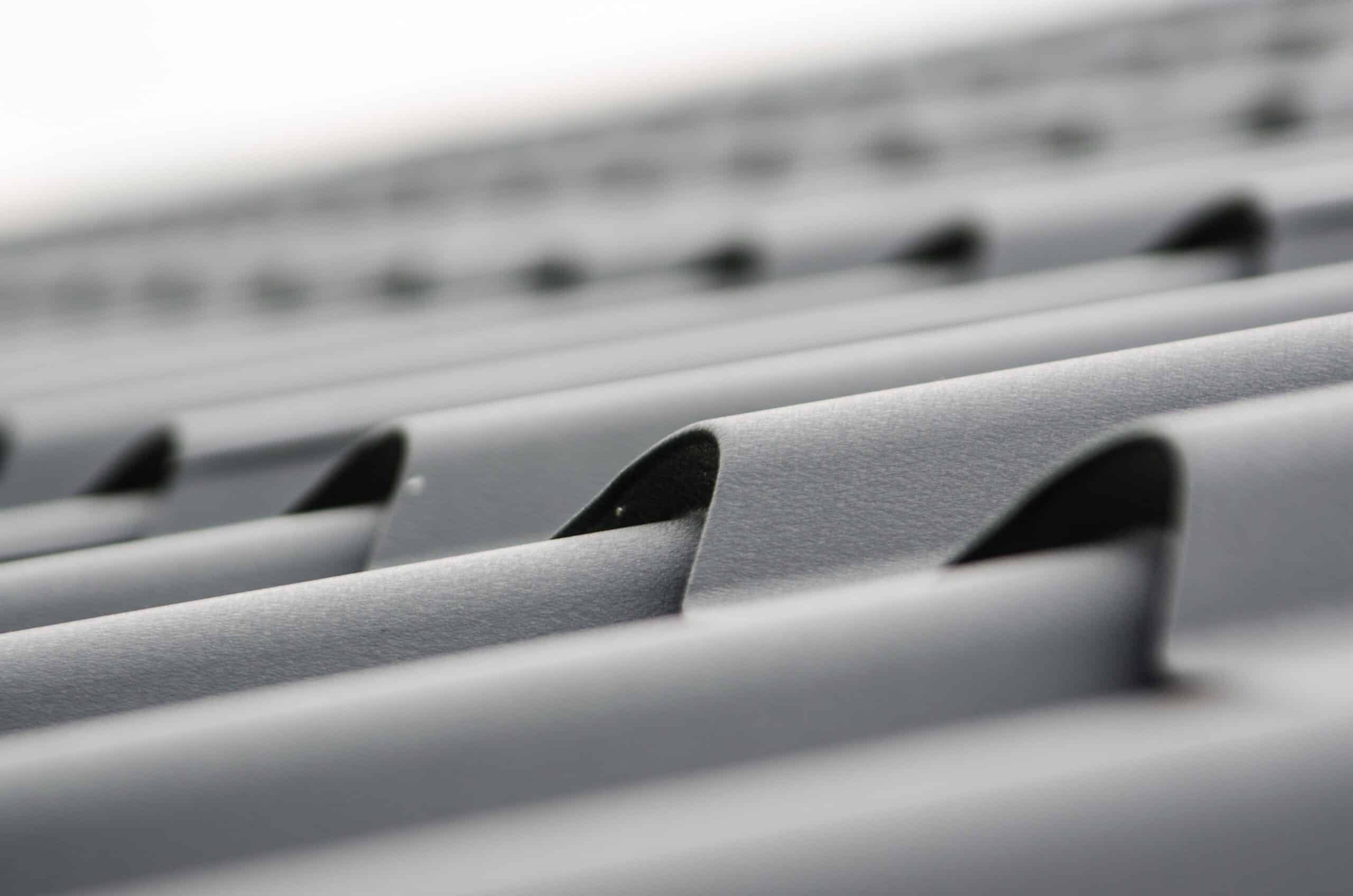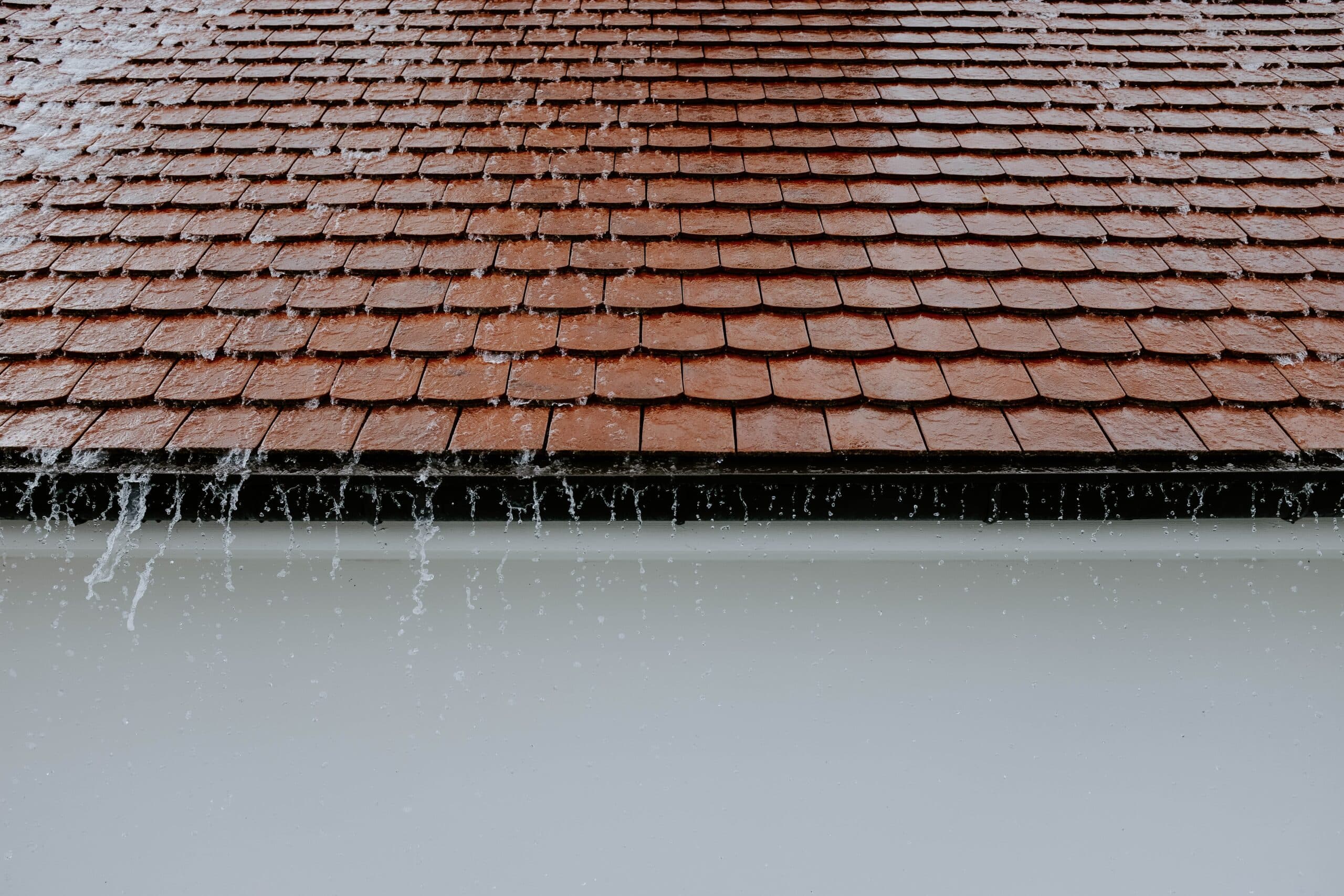Hailstorms bring with them severe damage, some of which are immediately obvious and easy to remedy, and other damage which is difficult to detect and can cause catastrophic problems down the line if left unchecked. This is especially true for damage caused to your roof, as not only can hail cause serious surface damage to your roof, but it can also cause underlying problems that are much more difficult to detect until they have caused very severe damage.
After a hailstorm, it is extremely important to assess the damage that the storm has caused to your roof. At Aegis Construction, we can assist with a thorough inspection of your roof after a hailstorm, to ensure that the correct repairs are made, as well as to pick up any deeper damage that could possibly cause further water-damage problems down the line.
Read below to learn about what type of damage a hailstorm can do to your roof, and how Aegis Construction can help mitigate the risks.
Your roof is your principal defense against the elements and protects your home from damage. Being a primary barrier of protection for your home means that your roof is the first to be damaged, even though it is built primarily for this purpose. A damaged roof does not protect your home as effectively from the elements and can result in more serious problems developing if a damaged roof is left abandoned.
Hail causes obvious damage when first inspected. You may notice broken, cracked, or missing roof tiles, and dimples and dents in asphalt surfacing and flashing. Hail damage may be more difficult to pick up on different roofing materials, and because hail can vary in size and density, it can cause damage that may be easy to pick up on some surfaces, but harder to see in other materials.
Asphalt roofing materials (which are one of the most commonly used roofing materials) are difficult to spot hail damage on. The only obvious clue to hail damage on an asphalt roof will be dents and bumps on the flashing material. Serious hail damage on an asphalt roof may be evidenced by broken shingles, dents in the asphalt, and holes, which are difficult to spot.
Metal roofs display hail damage quite differently, and hail damage will be evident from numerous dents and bumps all over the roofing system.
Wooden shake shingles take hail damage differently, and this type of material is susceptible to splitting and cracking, which can allow for moisture to enter your roofing system.
Regardless of which material your roof is made from, and how evident hail damage may be, it is important to have your roof inspected not only to ascertain the surface damage but to scope out the type of damage that goes unnoticed but can cause larger problems down the line.





